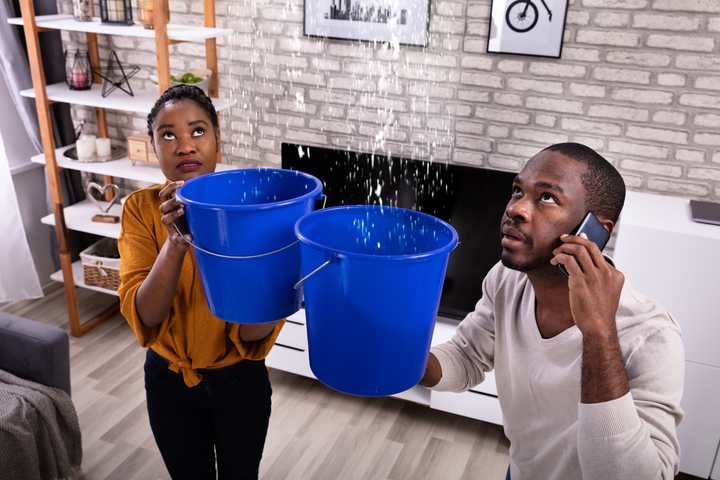Introduction
Water damage can be a homeowner’s worst nightmare, wreaking havoc on your property and causing significant financial stress. Whether it’s due to a burst pipe, a natural disaster, or a leaking roof, quick and efficient cleanup is essential to prevent further damage and mold growth. In this article, we’ll discuss the essential steps and tools you need to become a water damage cleanup pro.
Understanding the Severity of Water Damage
Before diving into the cleanup process, it’s crucial to assess the severity of the water damage. Water damage is typically categorized into three levels:
1. Minor Damage
Minor damage involves a small area affected by water, like a minor roof leak or a small pipe burst.
2. Moderate Damage
Moderate damage affects larger areas and may require more extensive cleanup, such as flooded basements or multiple rooms.
3. Severe Damage
Severe damage is the most critical and often involves large-scale flooding from natural disasters, major pipe bursts, or structural damage.
The Cleanup Process
1. Safety First
Before anything else, ensure your safety. Turn off the electricity and gas to prevent accidents. Also, wear appropriate protective gear like gloves and boots.
2. Assess the Source
Identify the source of water damage and stop it if possible. If it’s a burst pipe, shut off the water supply. For natural disasters, focus on preventing further entry of water.
3. Remove Water
Use pumps, wet/dry vacuums, and buckets to remove standing water. The faster you remove it, the less damage it will cause.
4. Salvage Valuables
Remove furniture, electronics, and other valuable items from the affected area to prevent further damage.
5. Dry the Area
Use dehumidifiers and fans to thoroughly dry the affected space. This step is crucial in preventing mold growth.
6. Clean and Disinfect
Use appropriate cleaners and disinfectants to sanitize the area. This helps in preventing bacterial and mold growth.
7. Check for Mold
Inspect for any signs of mold growth. If detected, hire a professional mold remediation service.
8. Repair and Restore
Fix any structural damage, replace damaged materials, and repaint if necessary.
9. Prevent Future Damage
Take steps to prevent future water damage, such as insulating pipes, installing sump pumps, and maintaining your roof.
Essential Tools and Supplies
1. Water Extraction Equipment
Invest in high-quality pumps and wet/dry vacuums for efficient water removal.
2. Dehumidifiers and Fans
These tools help in drying out the affected area quickly.
3. Cleaning Supplies
Stock up on disinfectants, mildewcides, and cleaning agents to ensure a thorough cleanup.
4. Personal Protective Gear
Ensure you have gloves, masks, and boots to protect yourself during cleanup.
Conclusion
Dealing with water damage can be overwhelming, but with the right knowledge and tools, you can mitigate the damage and restore your property. Remember to act swiftly, prioritize safety, and seek professional help when needed. By following these essential steps and using the necessary tools, you can ensure a successful water damage cleanup process.
FAQs
1. How long does it take to clean up water damage?
The time it takes to clean up water damage depends on the severity of the damage. Minor damage may take a few days, while severe damage could take weeks.
2. Can I clean up water damage myself, or should I hire professionals?
You can clean up minor water damage yourself, but for moderate to severe damage, it’s advisable to hire professionals who have the expertise and equipment for thorough cleanup.
3. Is insurance coverage available for water damage cleanup?
Many homeowners’ insurance policies cover water damage cleanup, but it’s essential to check your policy and understand the terms and conditions.
4. How can I prevent water damage in the future?
To prevent future water damage, regularly inspect your home for leaks, maintain your plumbing system, and invest in preventative measures like sump pumps and roof maintenance.
5. What are the common signs of mold growth after water damage?
Common signs of mold growth include a musty odor, visible mold patches, and allergic reactions in occupants. If you suspect mold, it’s crucial to address it promptly to prevent health issues.


